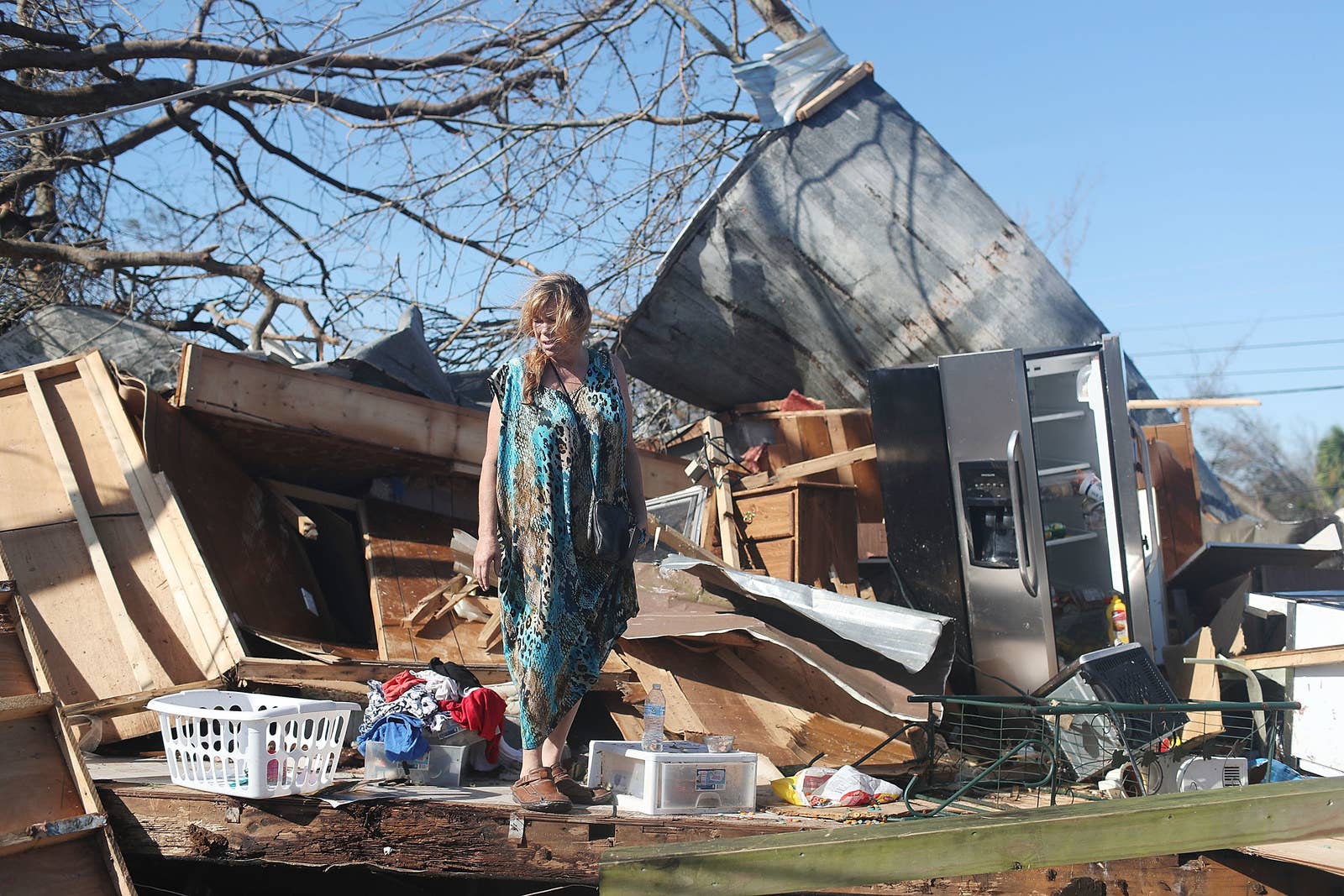
This year saw a number of notable wildfires, storms, and droughts ravage many regions around the world. As the year draws to an end and we look to 2019 for some relief, the National Climate Assessment, released in November and prepared across 13 federal agencies, isn't reassuring: More frequent and intense events are on the horizon as the climate continues to warm. The report warns of further loss of life, substantial economic impact, and a transformation of current ecosystems so significant that "future generations can expect to experience and interact with the natural environment in ways that are different from today." These photos illustrate this year’s most devastating natural disasters.
WILDFIRES
Drought, kindling-like dry vegetation, and strong winds intensified wildfires this year to catastrophic levels, helping them burn hotter and spread faster. As global temperatures continue to rise for the foreseeable future and communities continue to be built and expand into fire-prone areas, wildfires will persist as a menacing force with devastating consequences.
In Greece, a series of wildfires called the Attica fires spread across resort communities such as Mati, and began on July 23 during a particularly lengthy heat wave in Europe. These fires were the second-deadliest series in the 21st century with over 90 dead. Although many factors contributed to the high death toll, the prolonged hot and dry conditions coupled with winds in excess of 45 mph fed and fanned the fast-moving blaze.
California also had a particularly disastrous year that included both the most destructive (Camp fire) and the largest complex fires (Mendocino Complex fire) on record for the state. The Mendocino Complex fire torched over 400,000 acres of land in July and killed a firefighter. The Camp fire, which was first reported on Nov. 8, in Paradise, California, claimed the lives of 88 people and destroyed more than 250,000 acres. Other notable fires in California were the Woolsey fire, which began in November and burned all the way from Thousand Oaks to the coastline in Malibu, and the Carr fire in July, which claimed the lives of both firefighters and civilians.
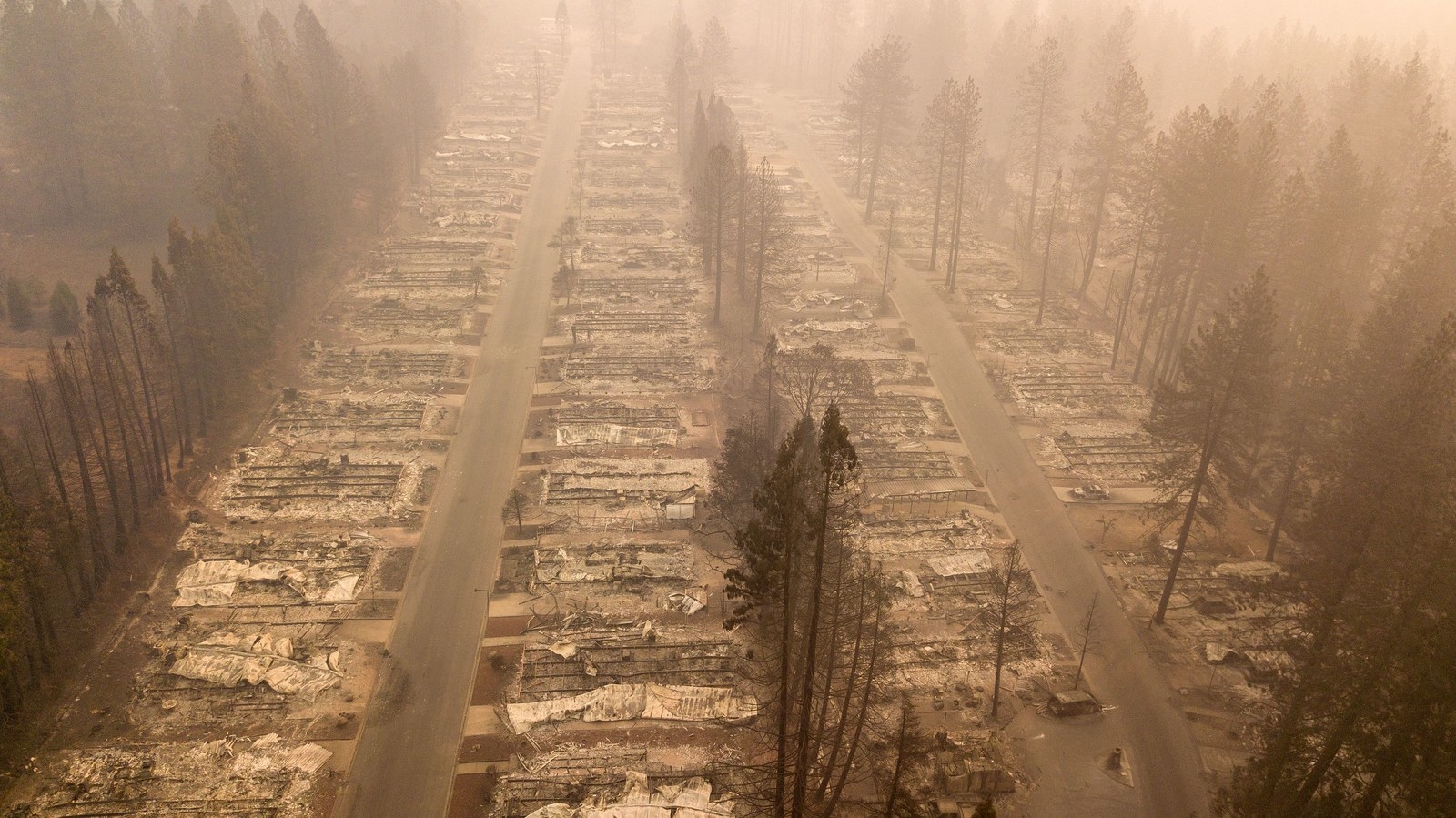
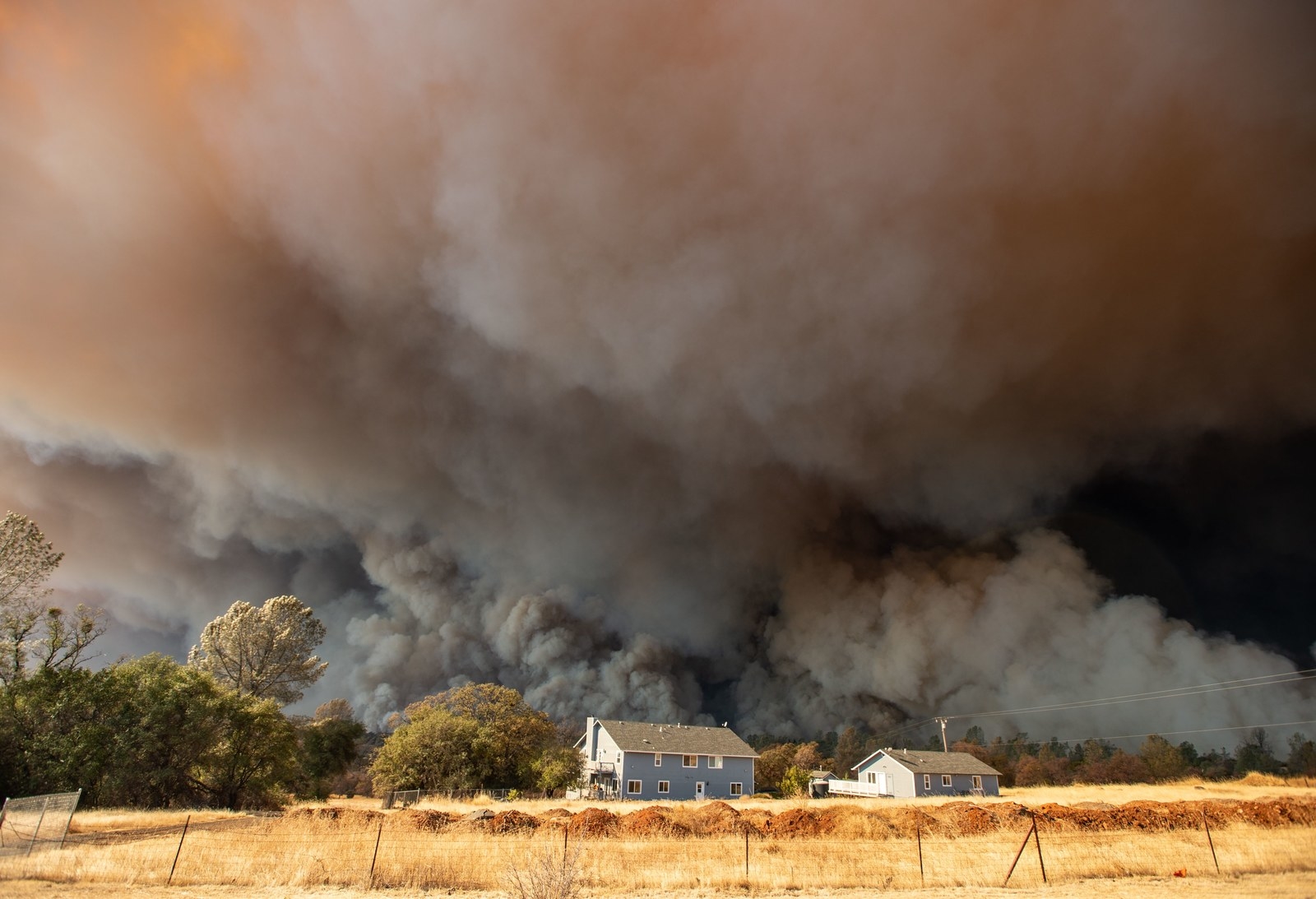
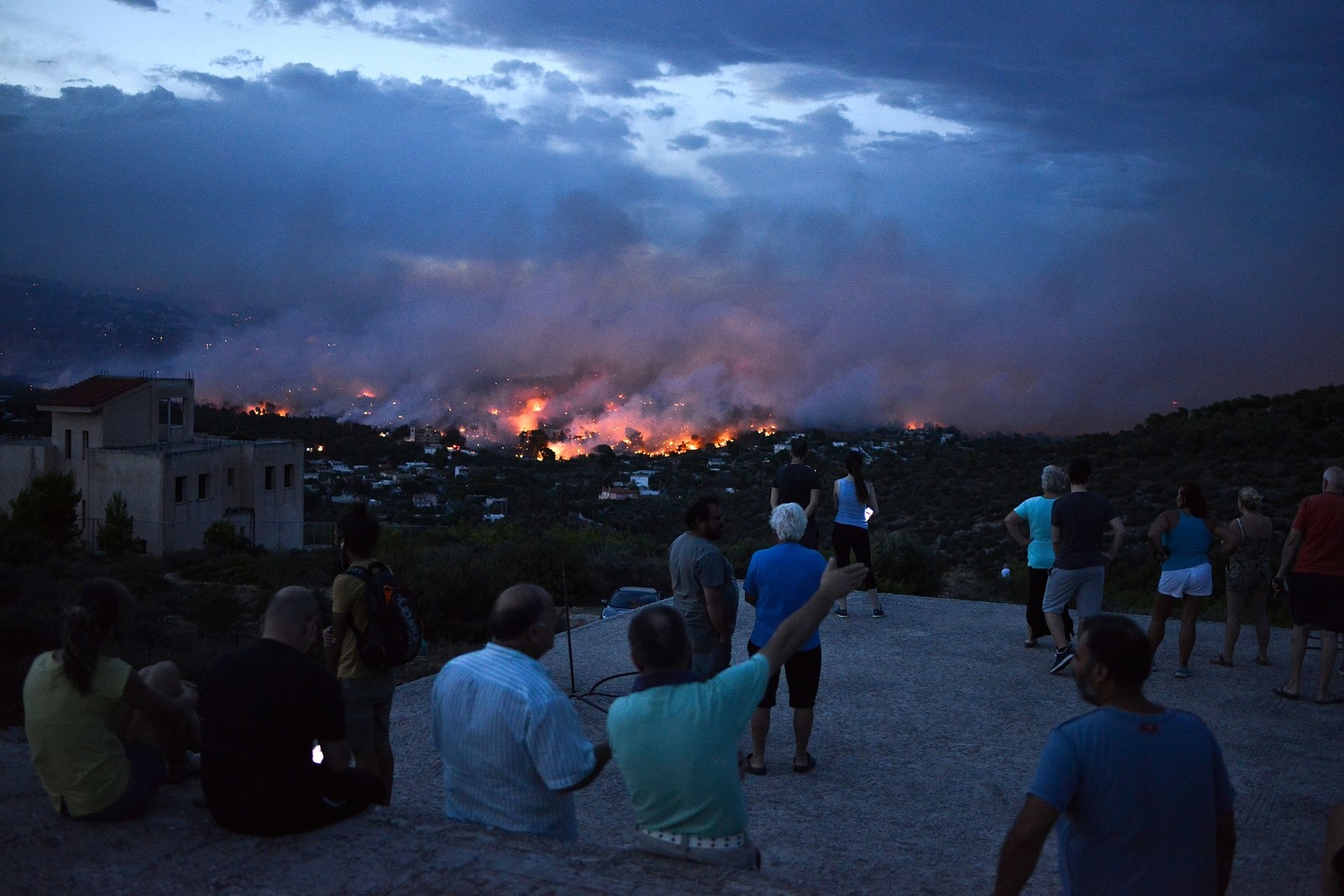
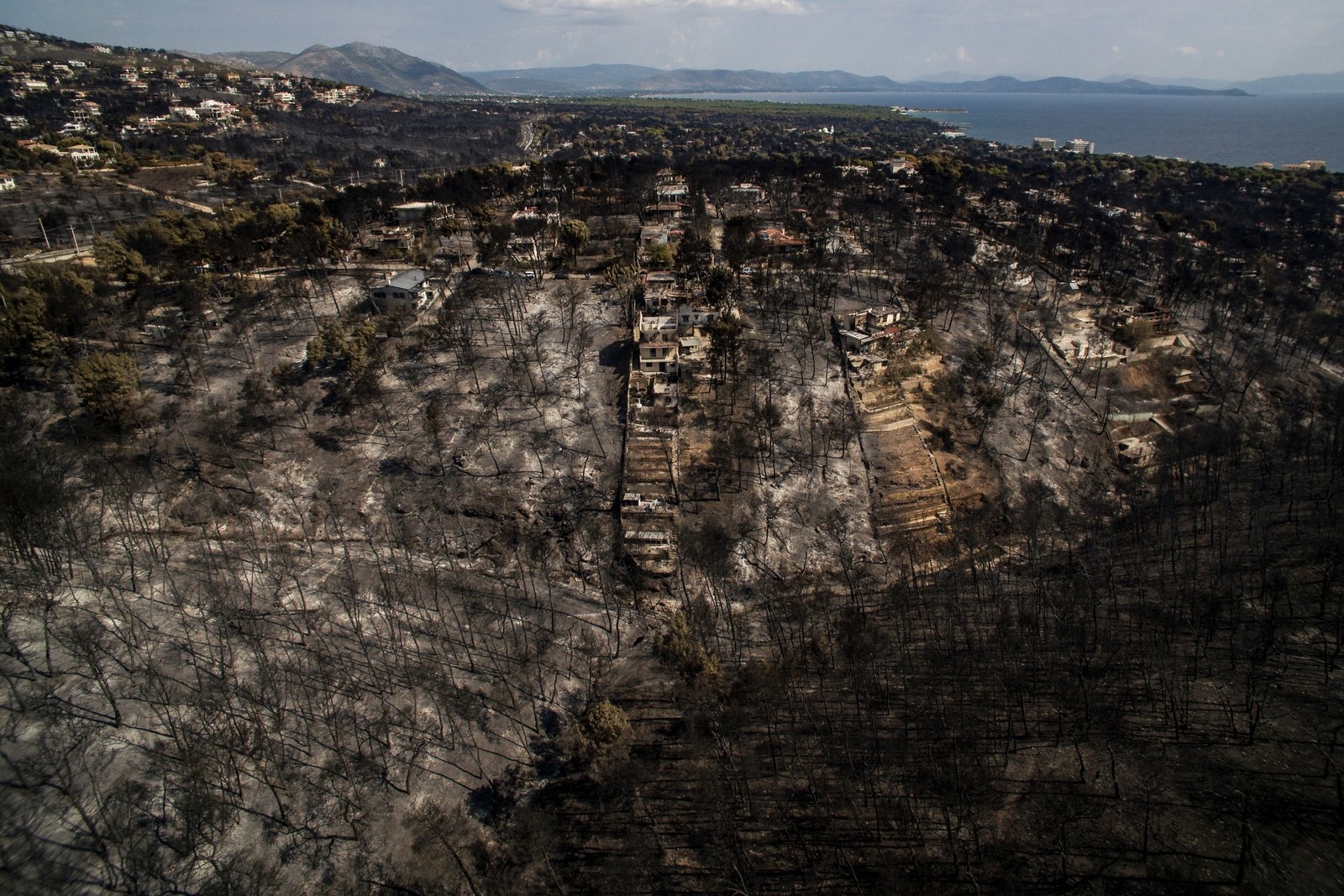
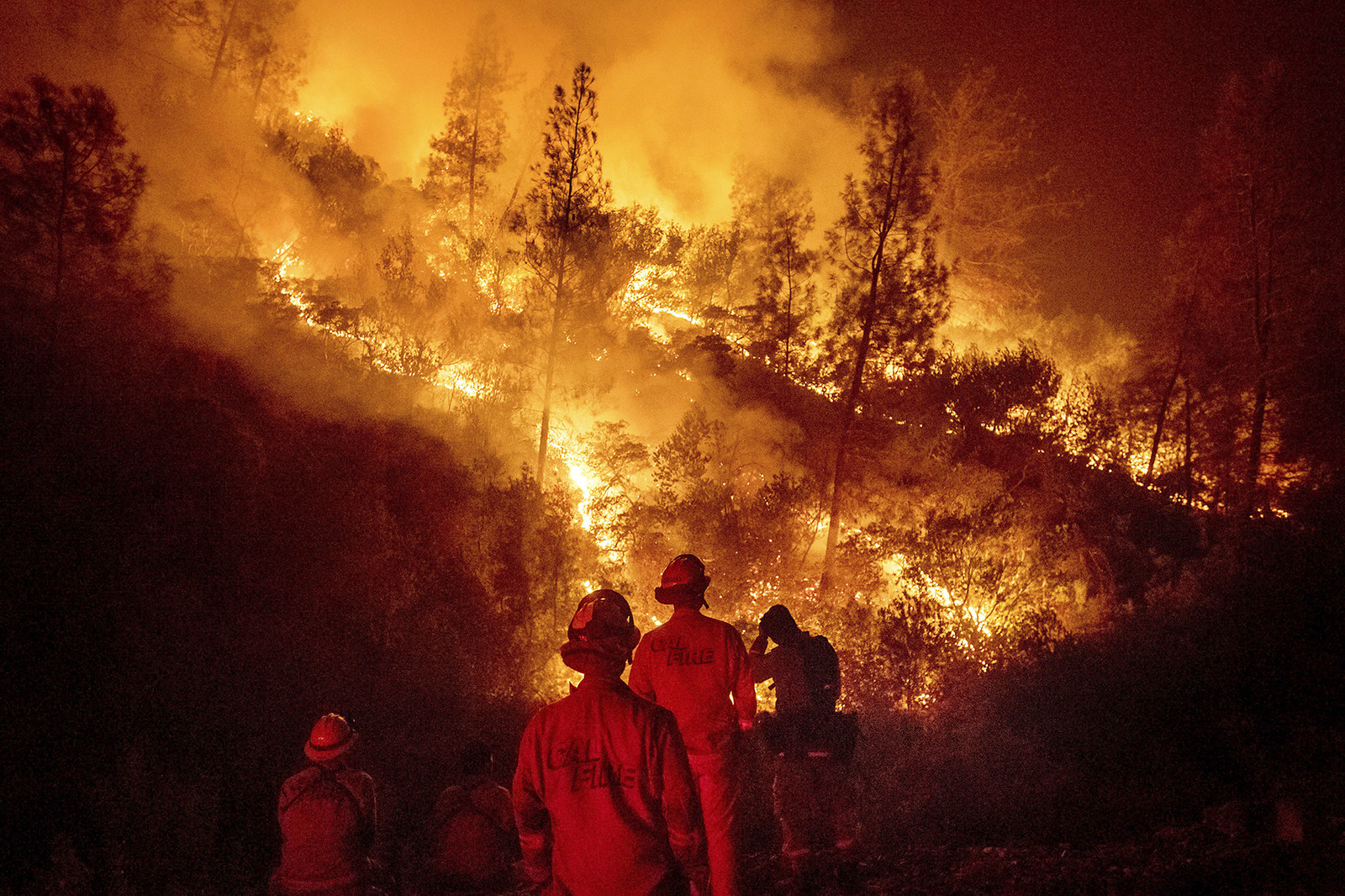

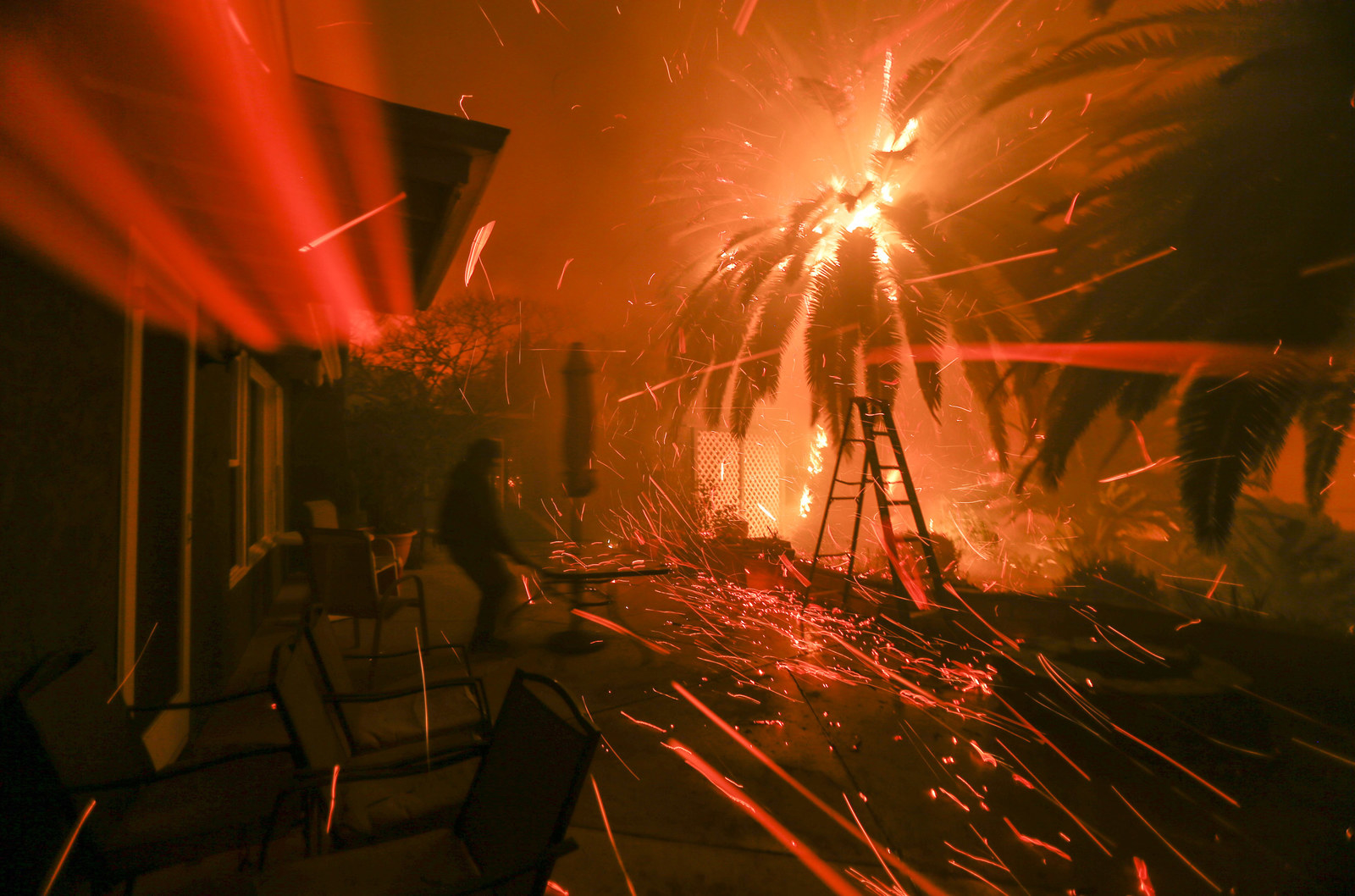
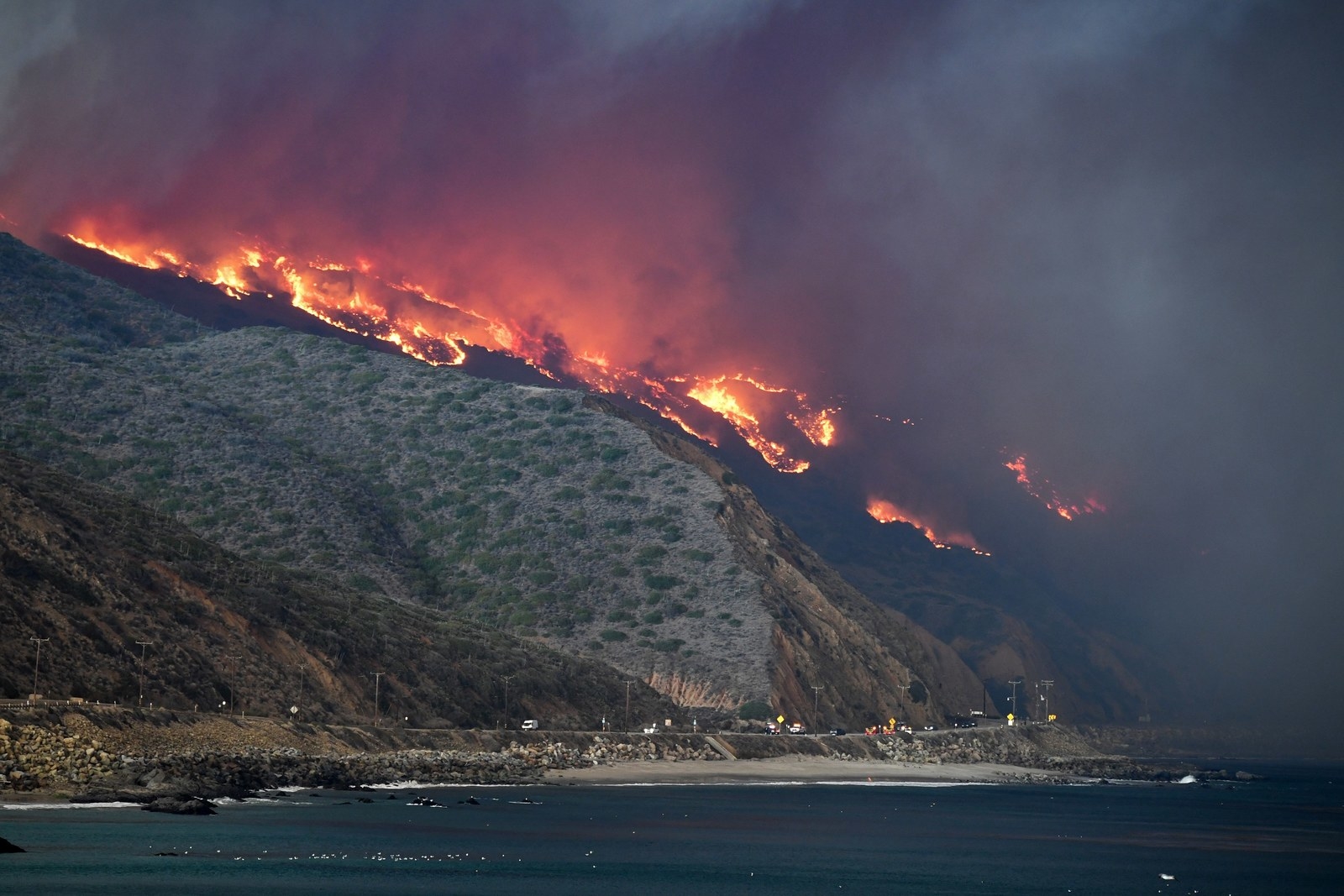
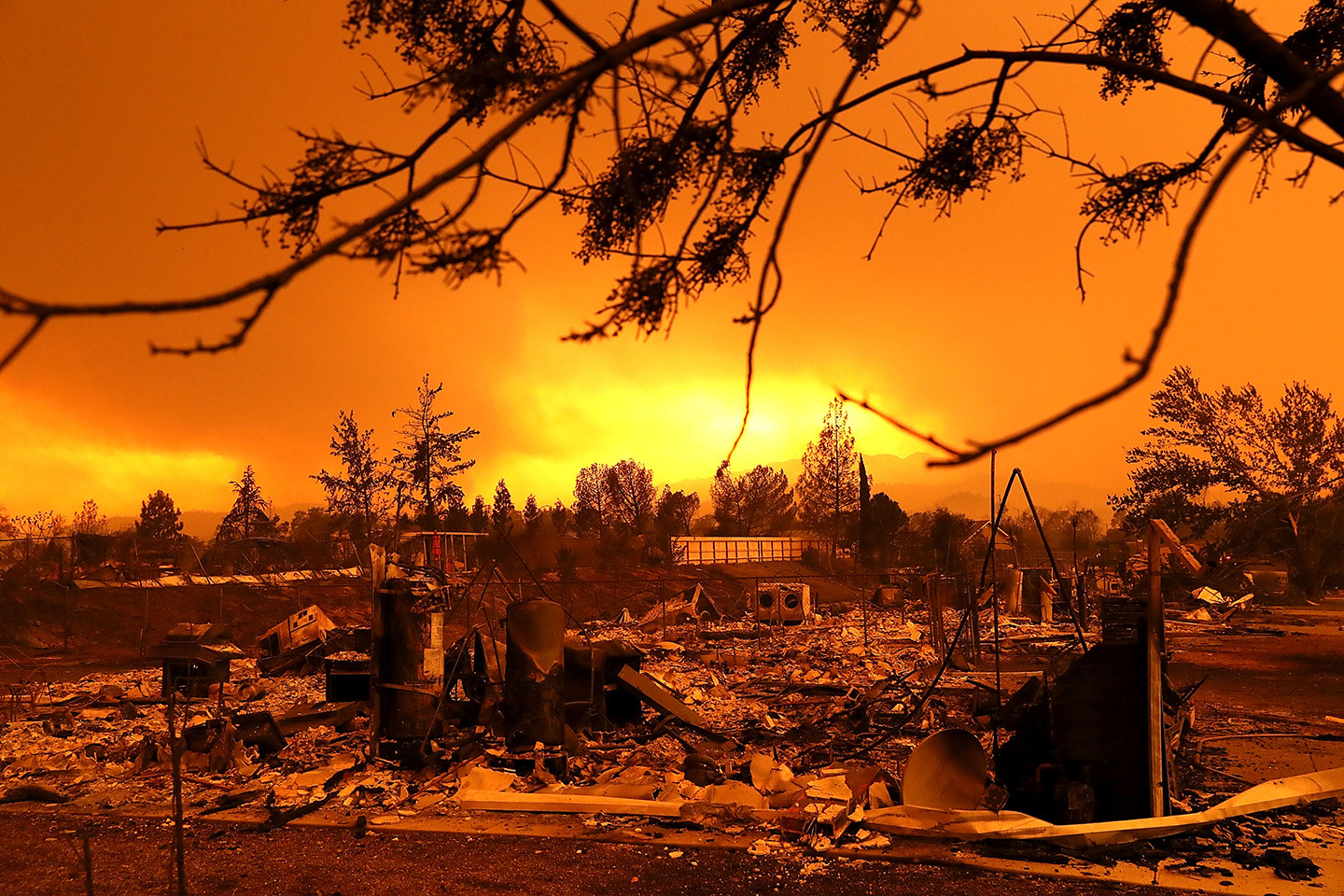
DROUGHT & EXTREME HEAT
The overall rise and often extreme temperatures, coupled with little to no precipitation, led to lengthy heat waves in regions worldwide and put some cities in a drought. The Australian state of New South Wales was plunged into total despair "with close to 100% of the state in one of the three drought categories," according to the Department of Primary Industries, which monitors drought. The state's second-driest fall on record was followed by a very dry winter, leading to large-scale crop failure and dried-up dams. Grim images of skin-and-bones livestock began to emerge as farmers struggled to feed their animals and find them adequate water.
Northern and Southern European countries alike were gripped by a deadly heat wave caused in part by a stalled jet stream beginning in May. The prolonged extreme temperatures caused a widespread browning of fields and vegetation, which could be seen from space. Other effects included a number of wildfires, the melting of the southern peak of Kebnekaise in Sweden, causing it to lose its title as the highest peak in the country, and a critical reduction of the Rhine’s river levels, resulting in the death of thousands of fish.
In Afghanistan, another very dry winter has led to the worst drought in decades with millions of people in some parts of the country lacking access to food and water. The situation is so dire it rivals the ongoing conflict between the government and the Taliban. The United Nations announced the allocation of $34.5 million in emergency aid in October.
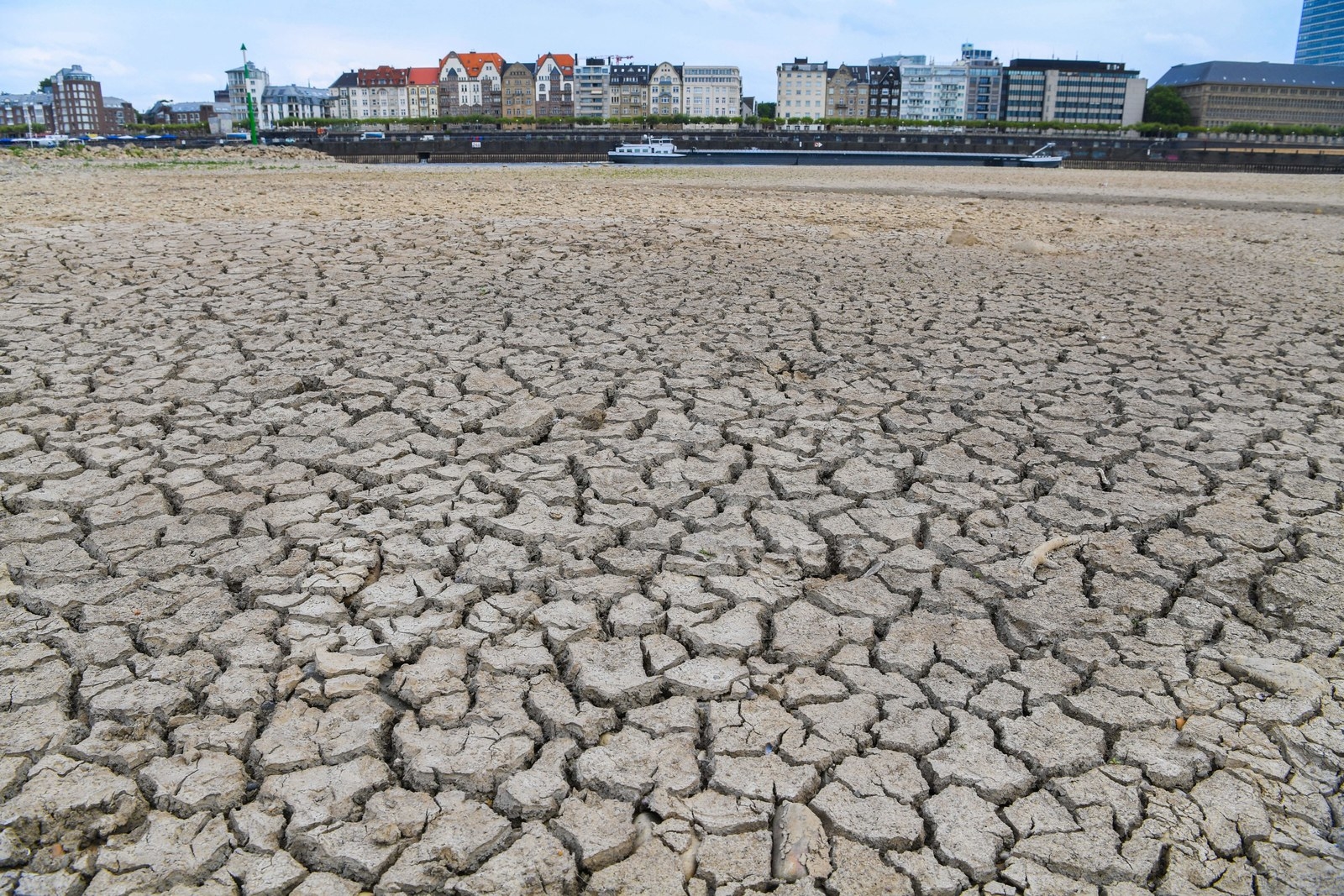

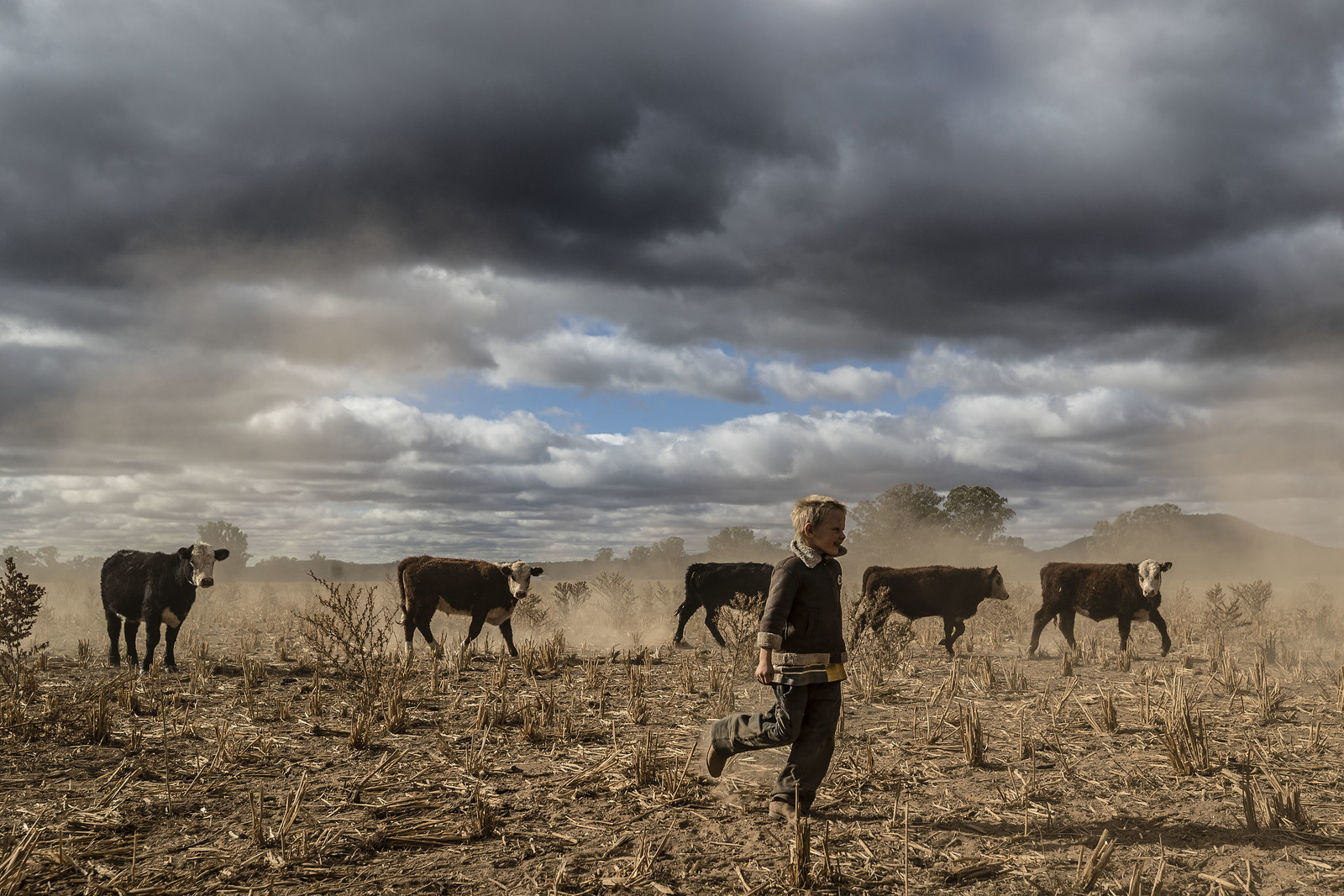
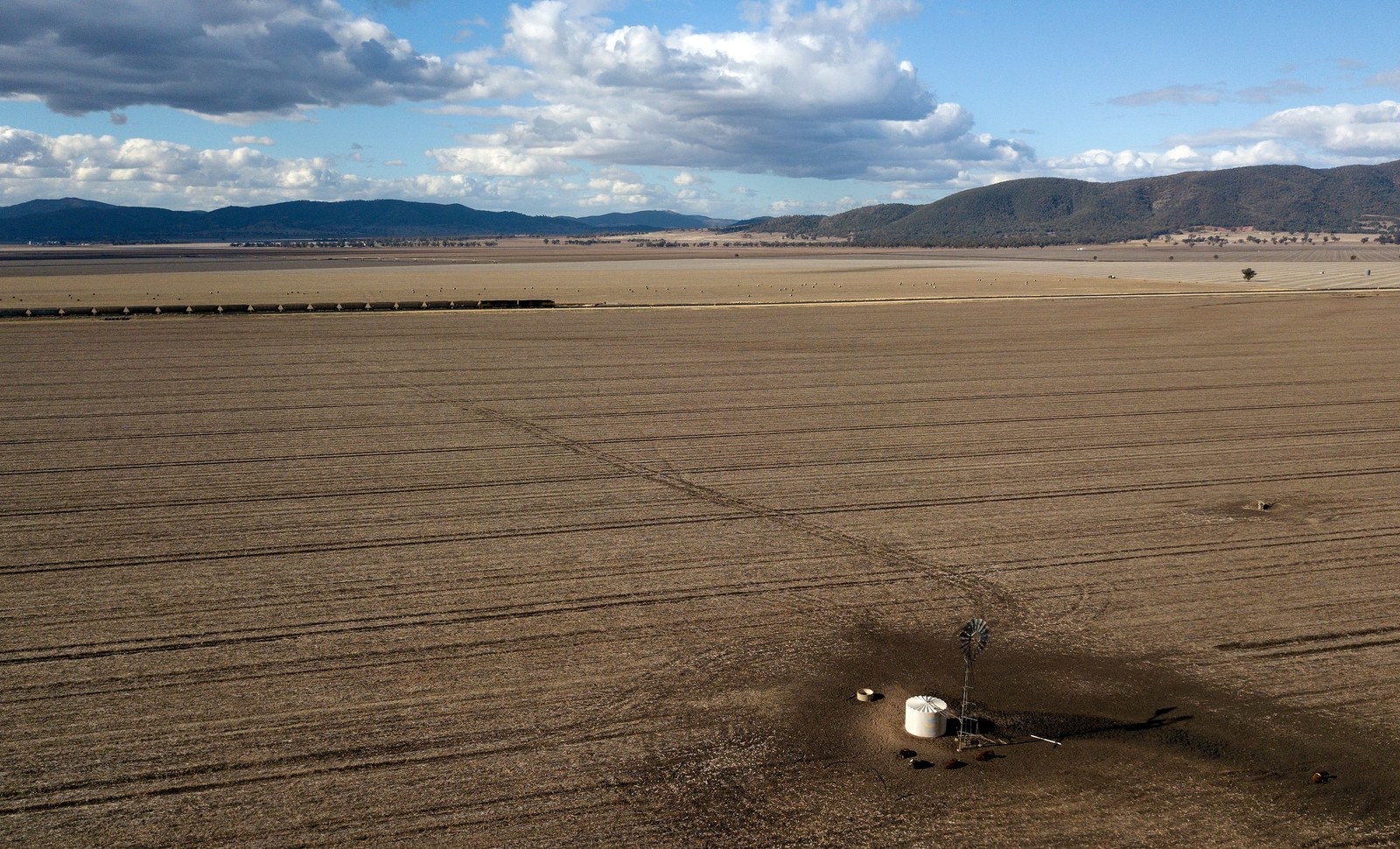
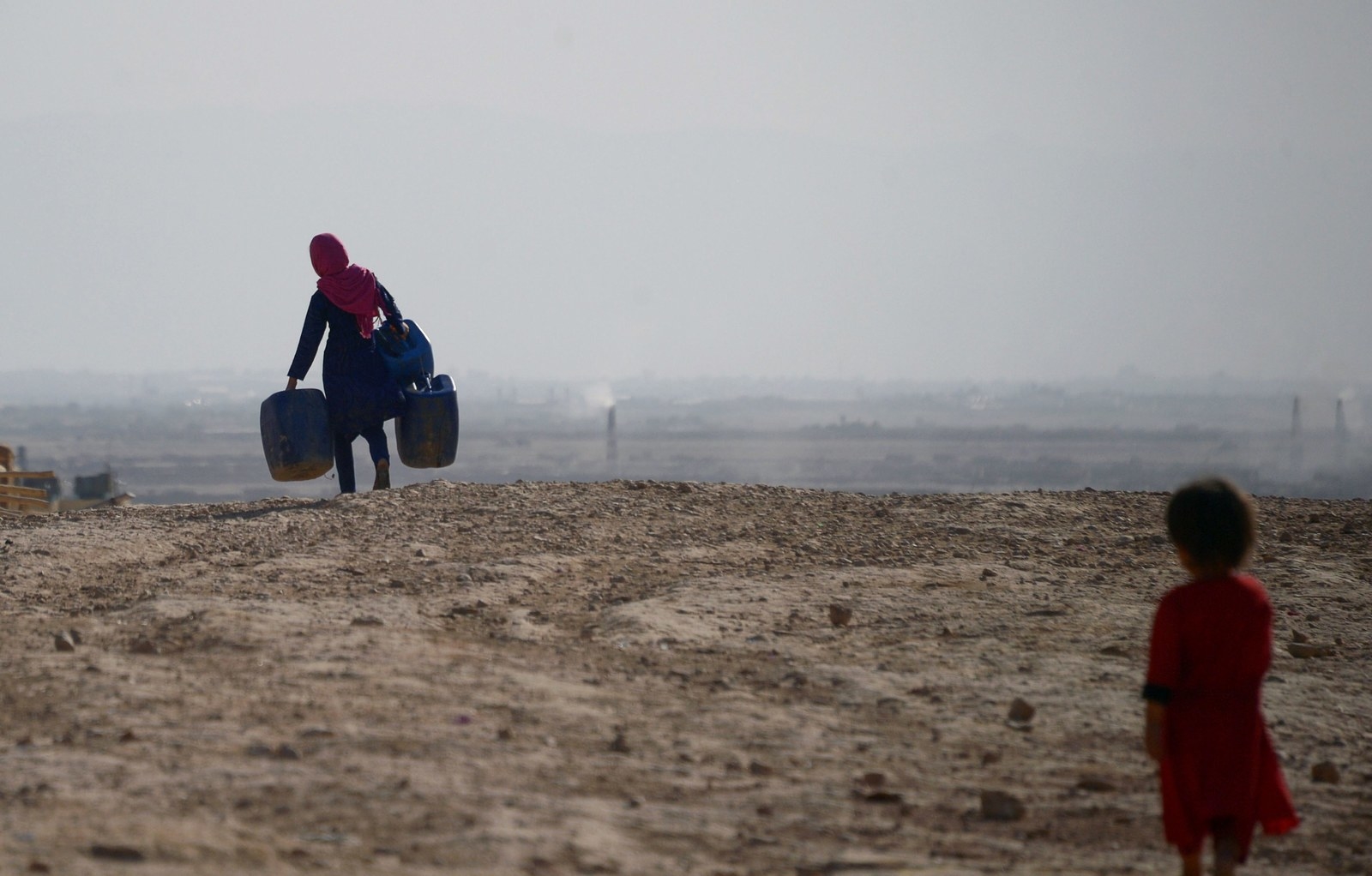
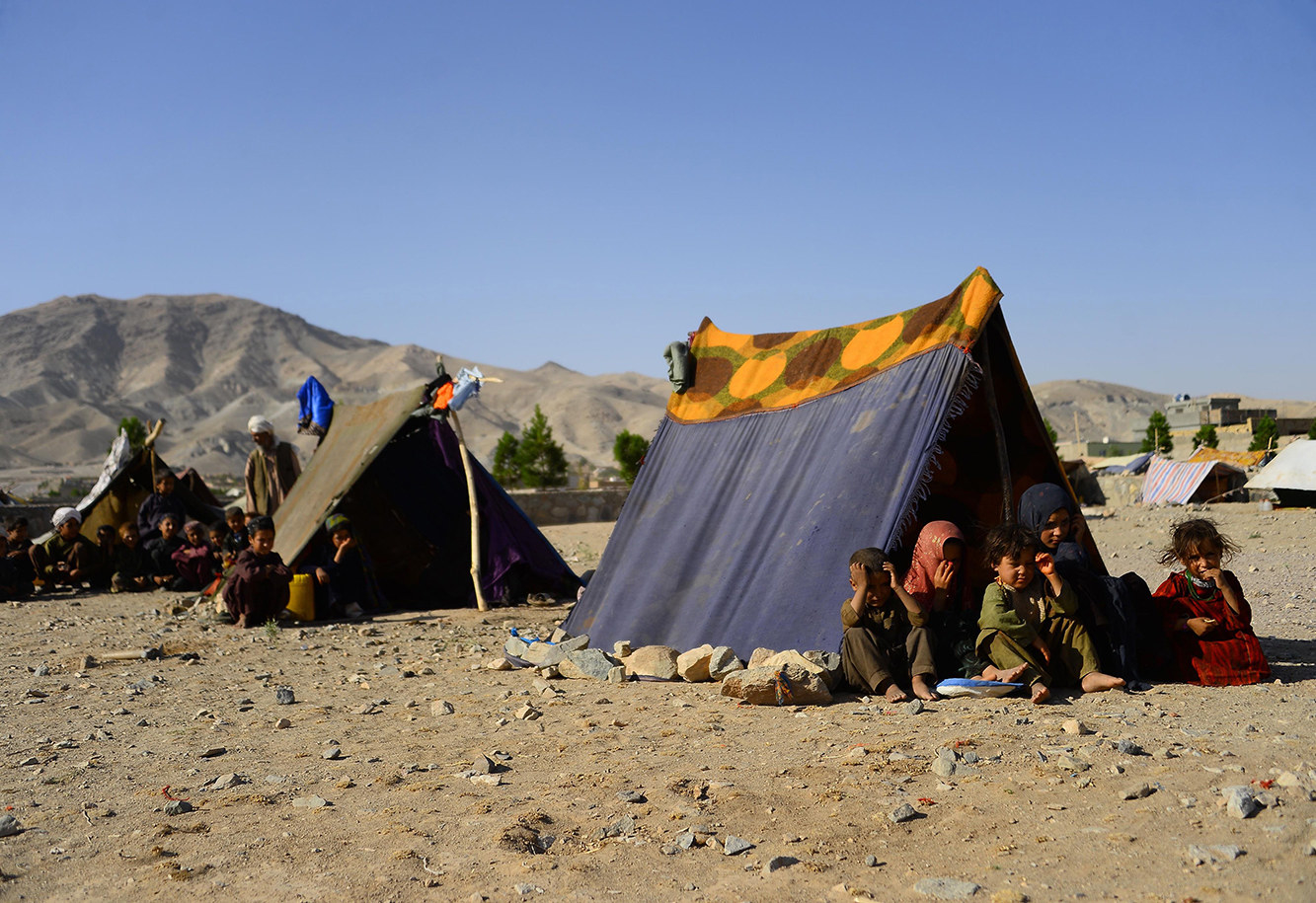
HURRICANES & TYPHOONS
Hurricanes, or typhoons, as they're called for storms over the western Pacific ocean, are fueled first and foremost by warm ocean waters. As the oceans gradually heat by around 0.2 degrees per decade, we should experience larger and more frequent storms during future hurricane seasons.
Two major storms to hit the United States this year were hurricanes Florence and Michael. Both storms reached a Category 4 while over the warm ocean waters, and each caused destruction in their own way. Florence, the first major hurricane of the season, weakened before making landfall as a Category 1 on Sept. 15, but moved so slowly and dumped a devastating amount of rain (20 to 30 inches) that it caused catastrophic flooding in North Carolina and 53 deaths. Hurricane Michael, the third most intense hurricane to make landfall in the US, hit Mexico Beach, Florida, as a Category 4 on Oct. 10. Its wind speeds (up to 155 mph) caused more damage than its rainfall. At least 36 people died as a result of Michael.
Super Typhoon Mangkhut was a Category 5 as it made landfall in the northern Philippines and made its way toward South China. In anticipation of this incredibly strong storm, the Hong Kong Observatory labeled it a Signal 10 (the strongest in its range). The typhoon caused an incredible amount of damage with heavy rain, strong storm surge, wind damage with speeds of 109 mph and deadly landslides, and caused at least 88 deaths.
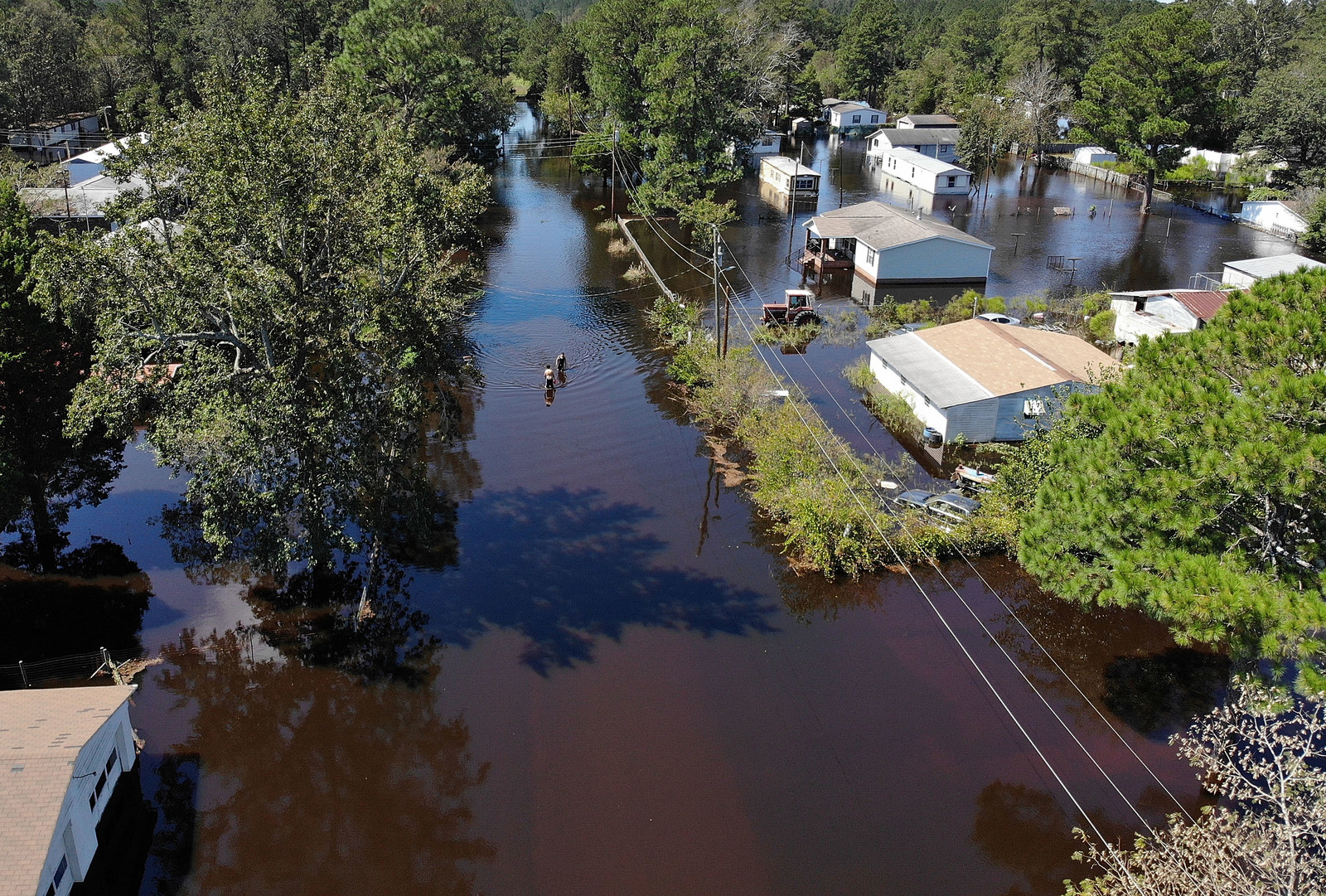
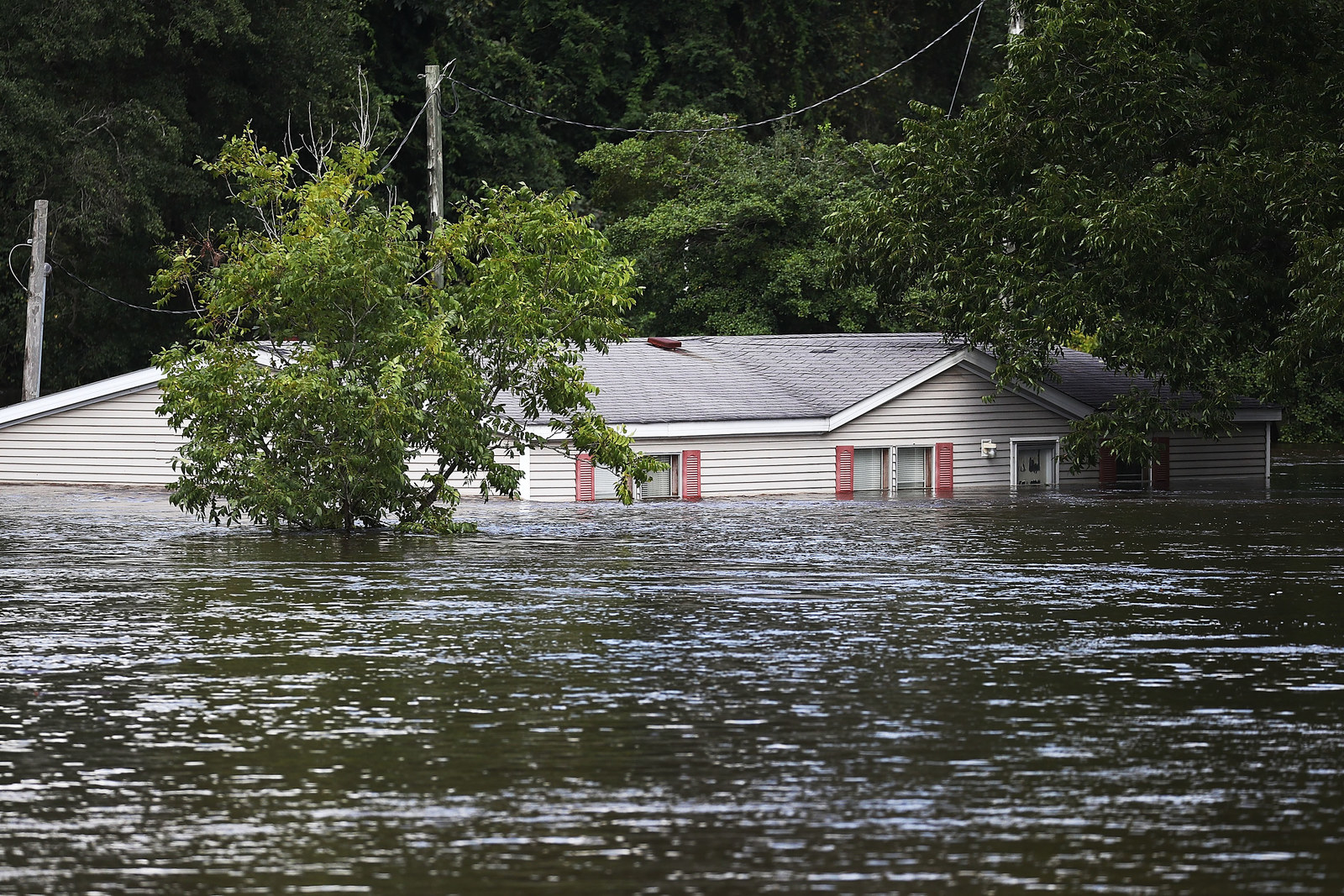
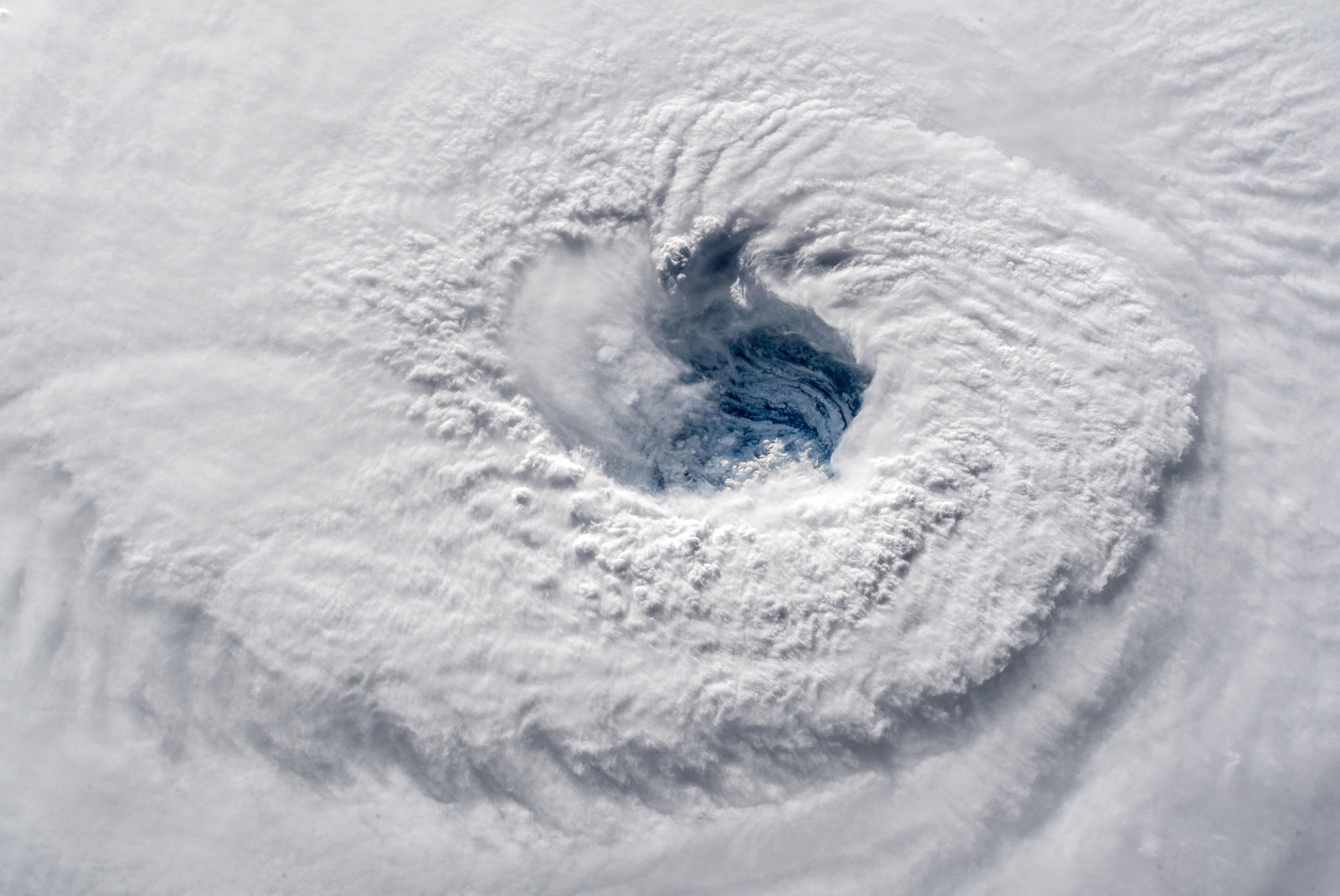

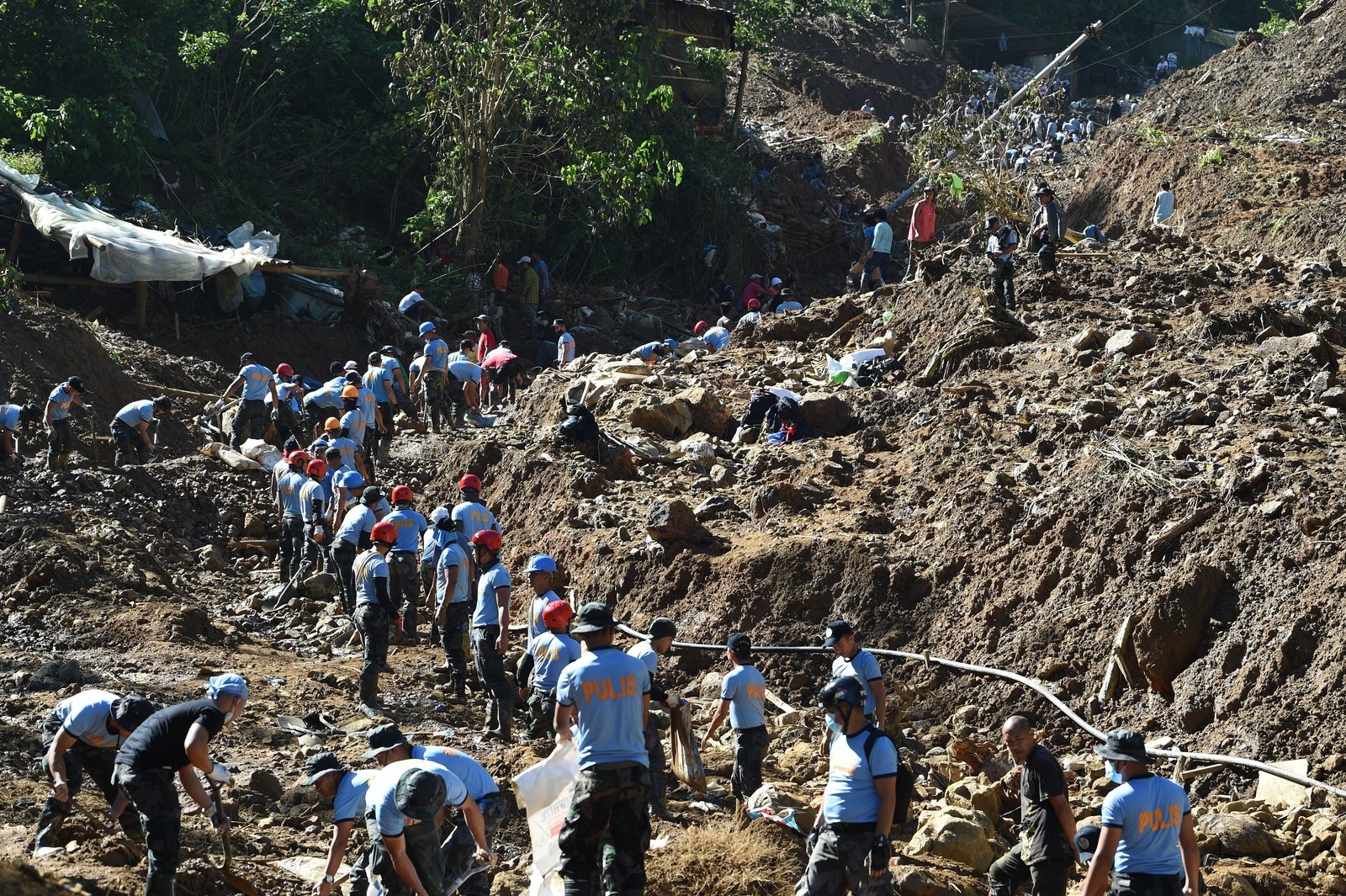
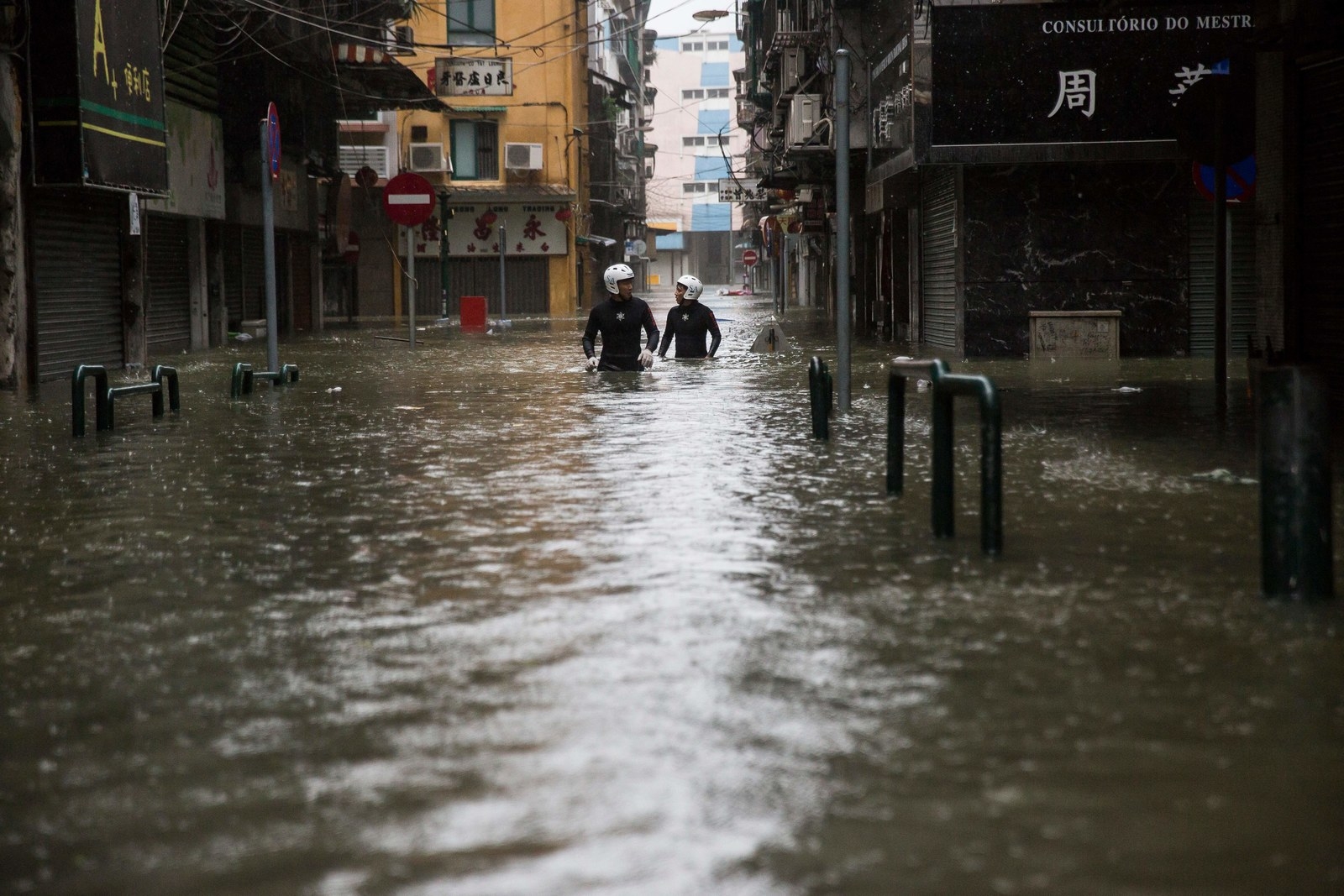

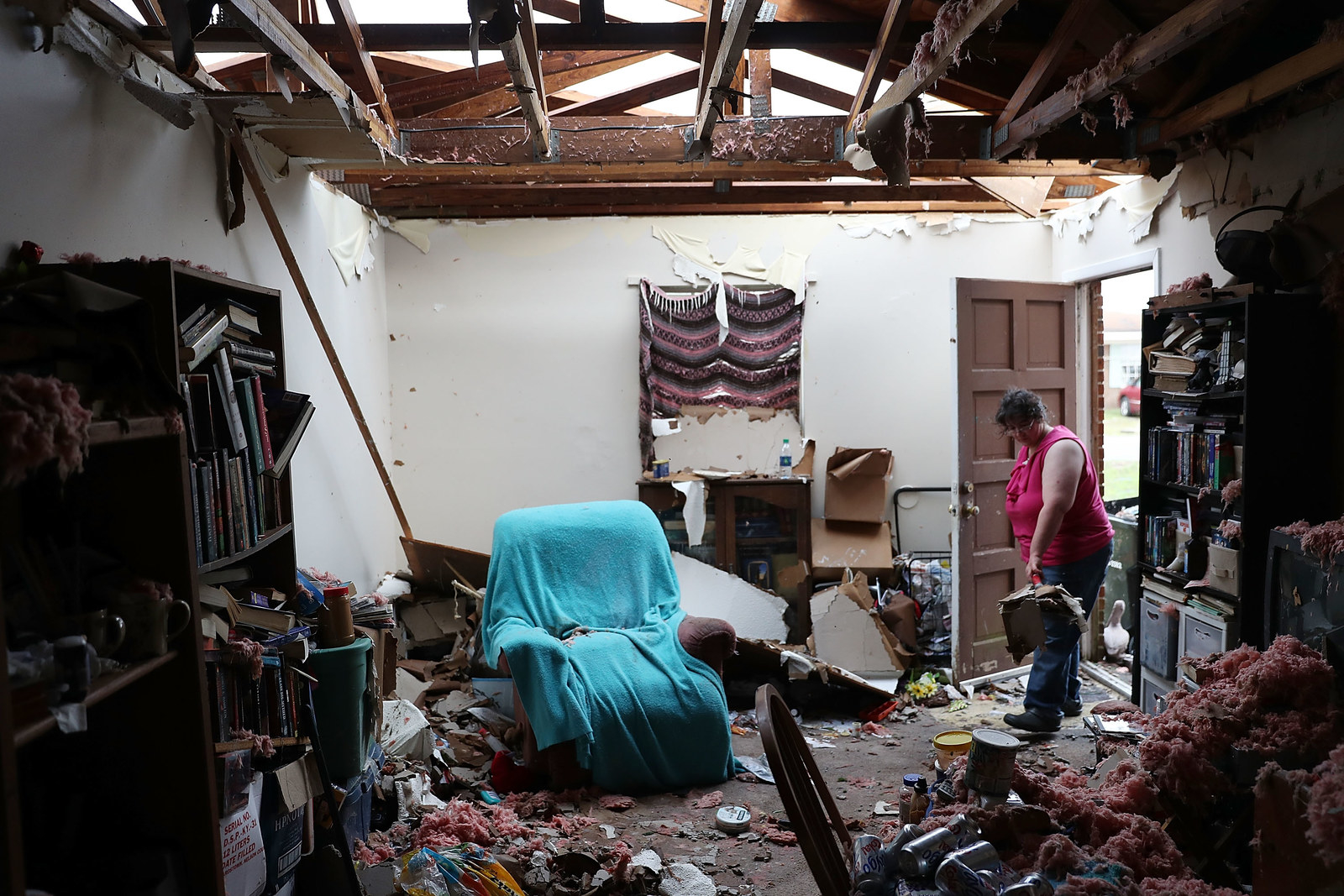
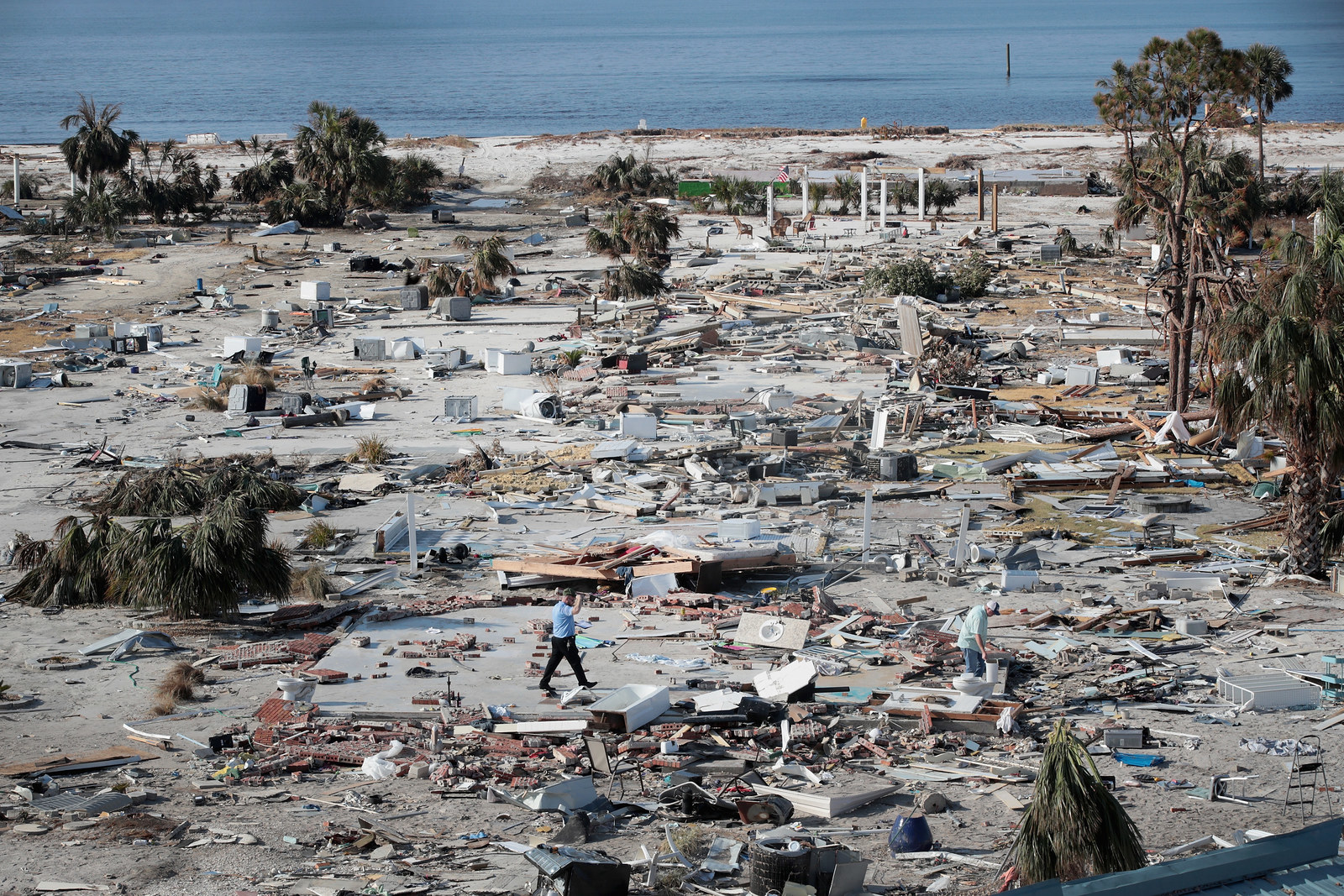
CORRECTION
Hurricane Michael made landfall as a Category 4 storm in Mexico Beach, Florida, on Oct. 10. A previous version of this story misstated the date as Oct. 4.
